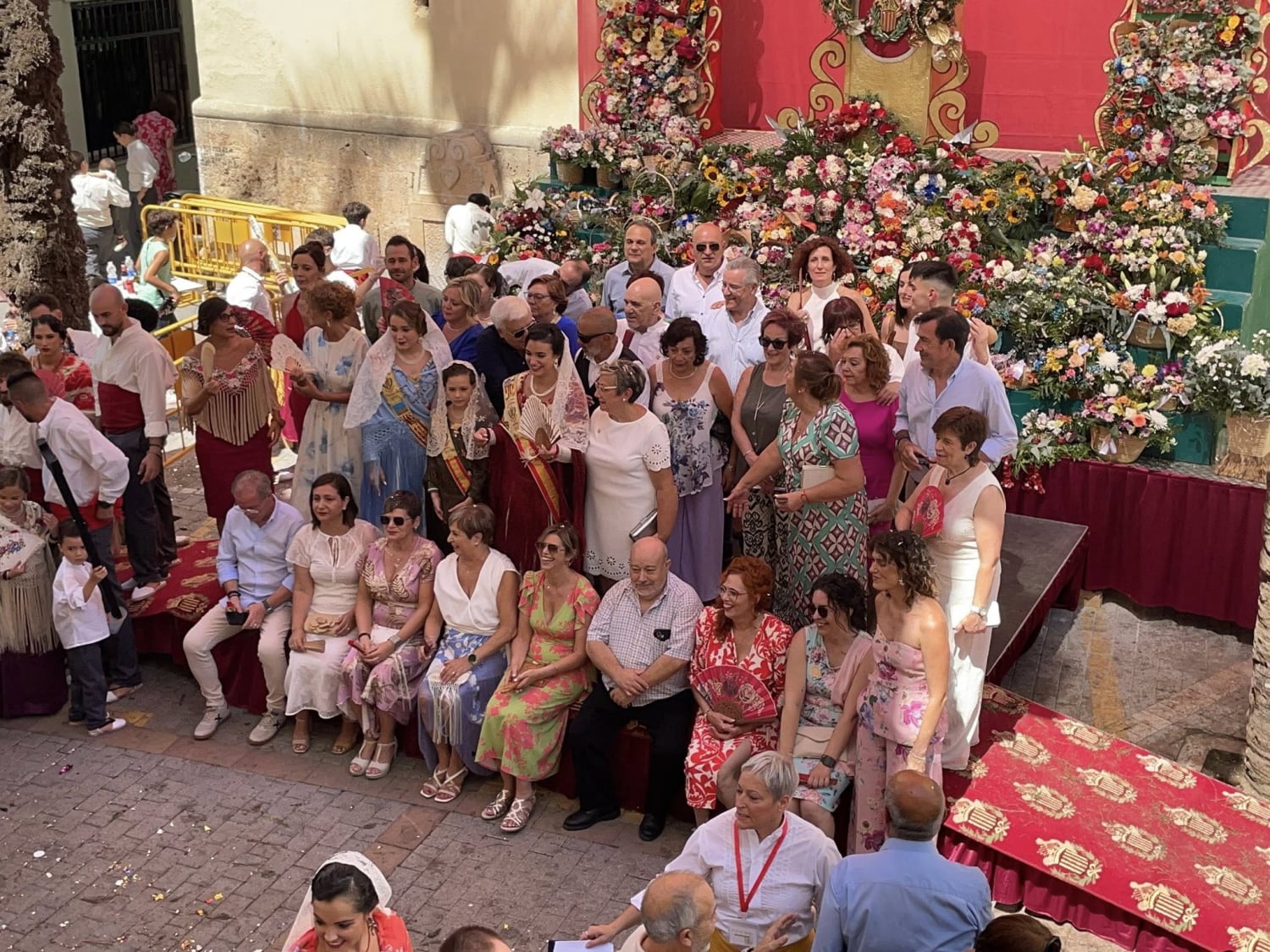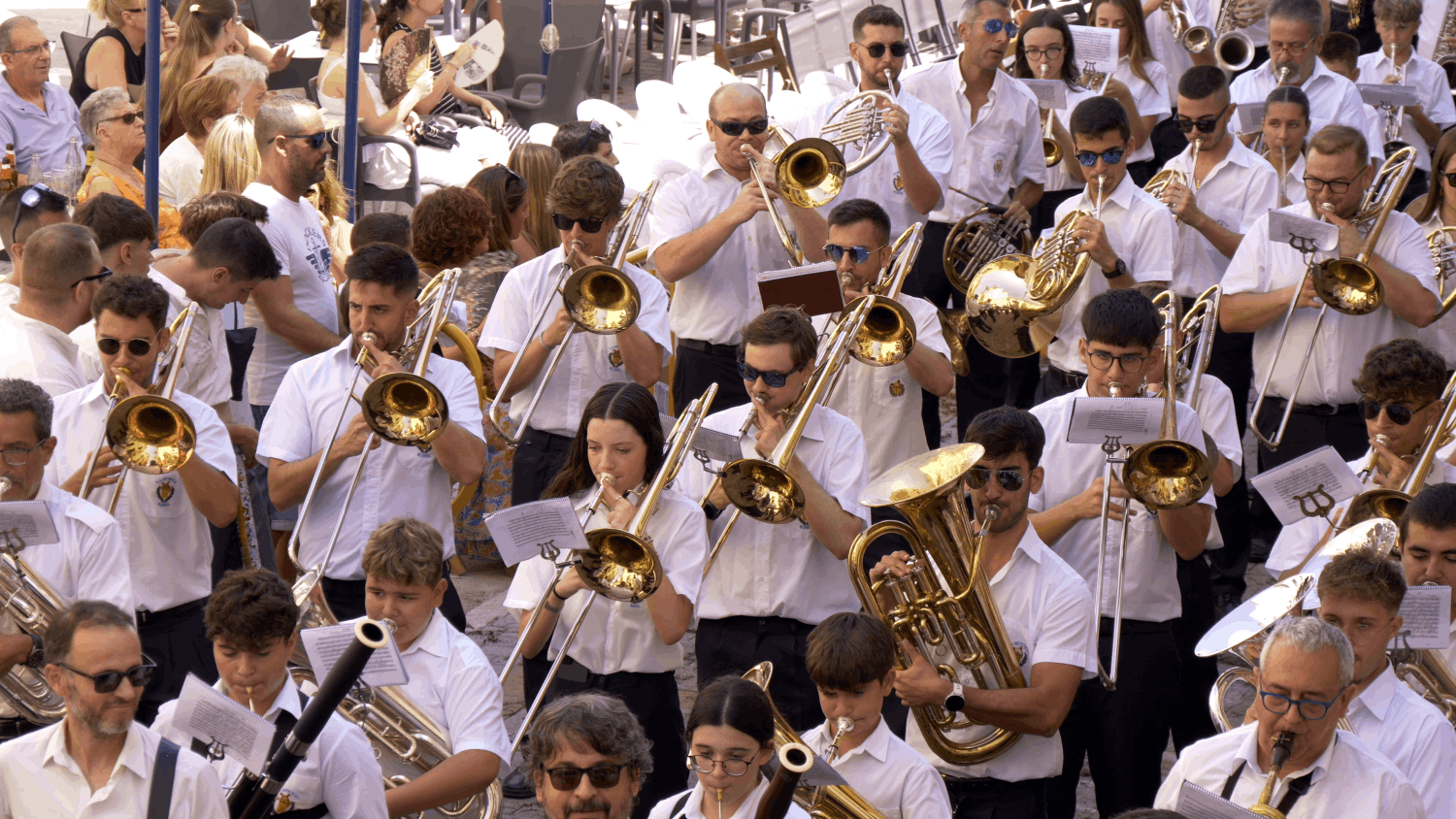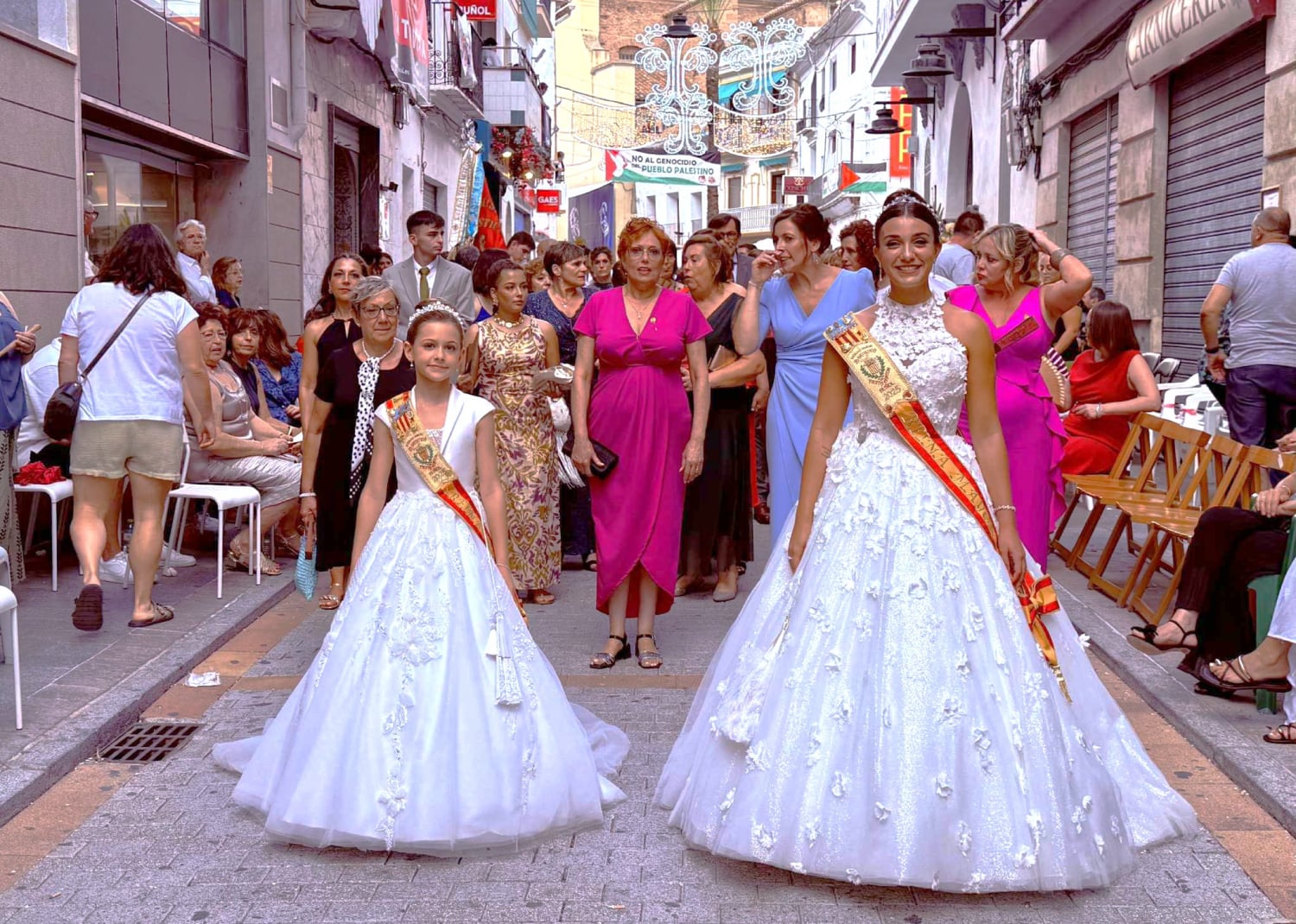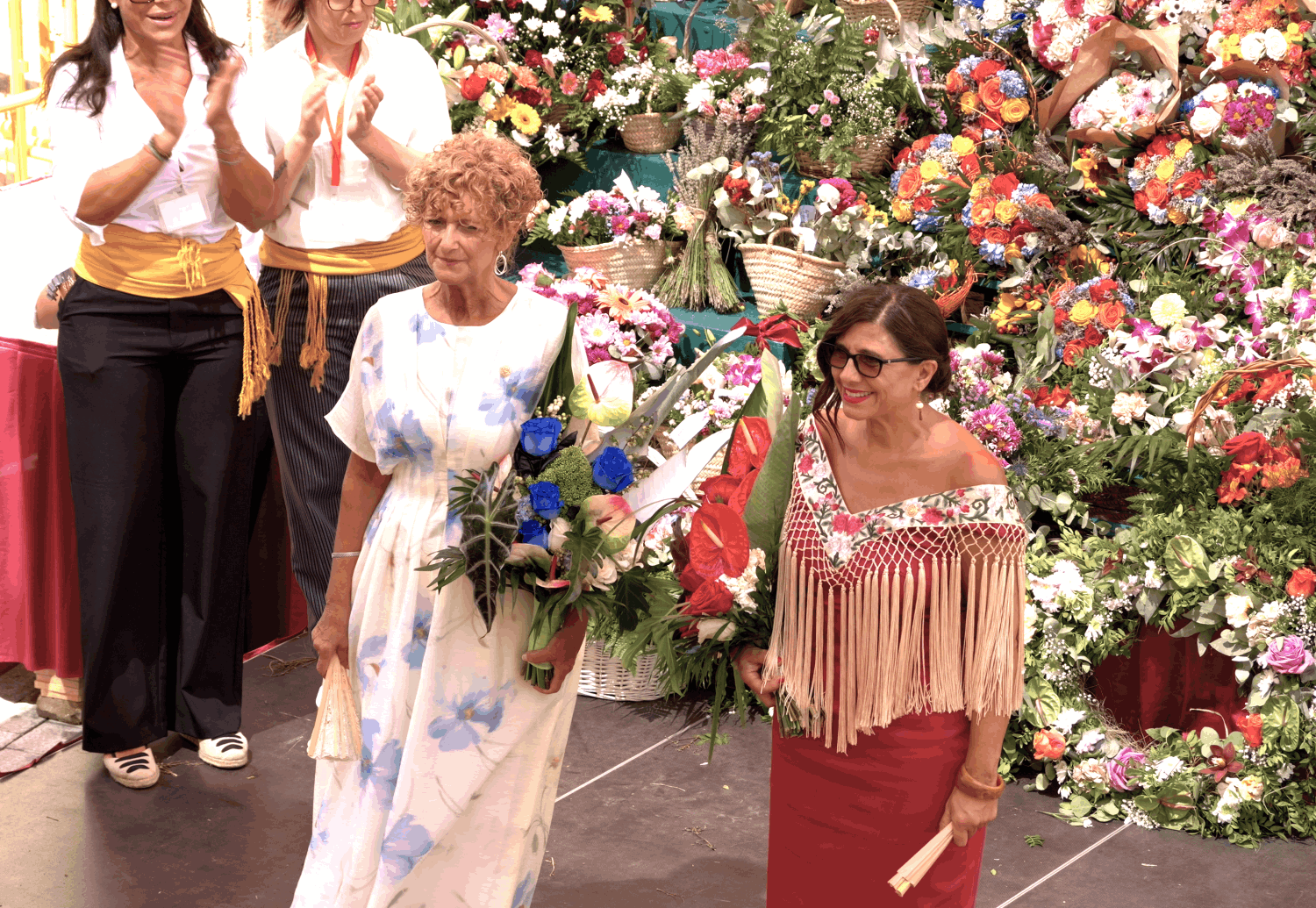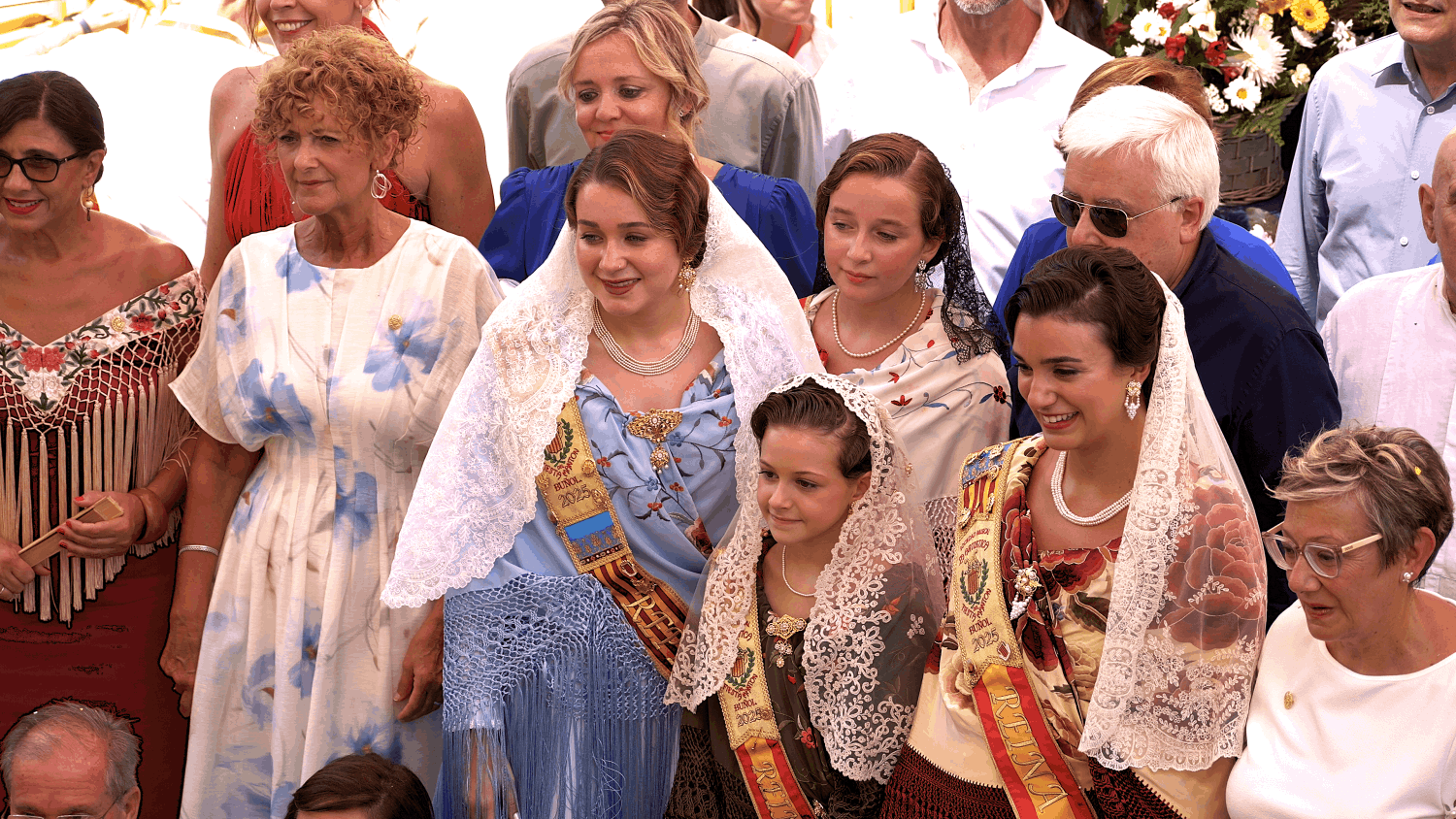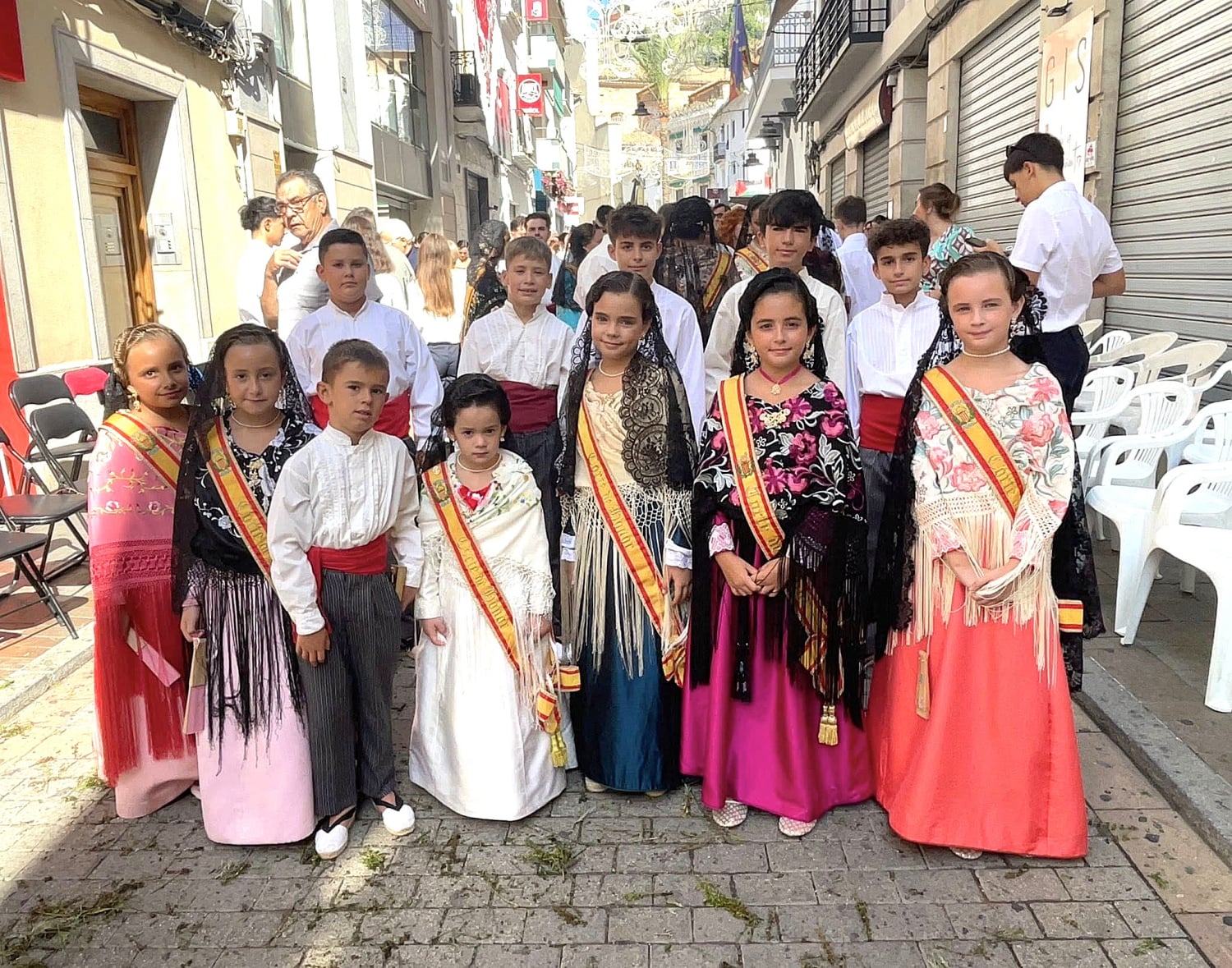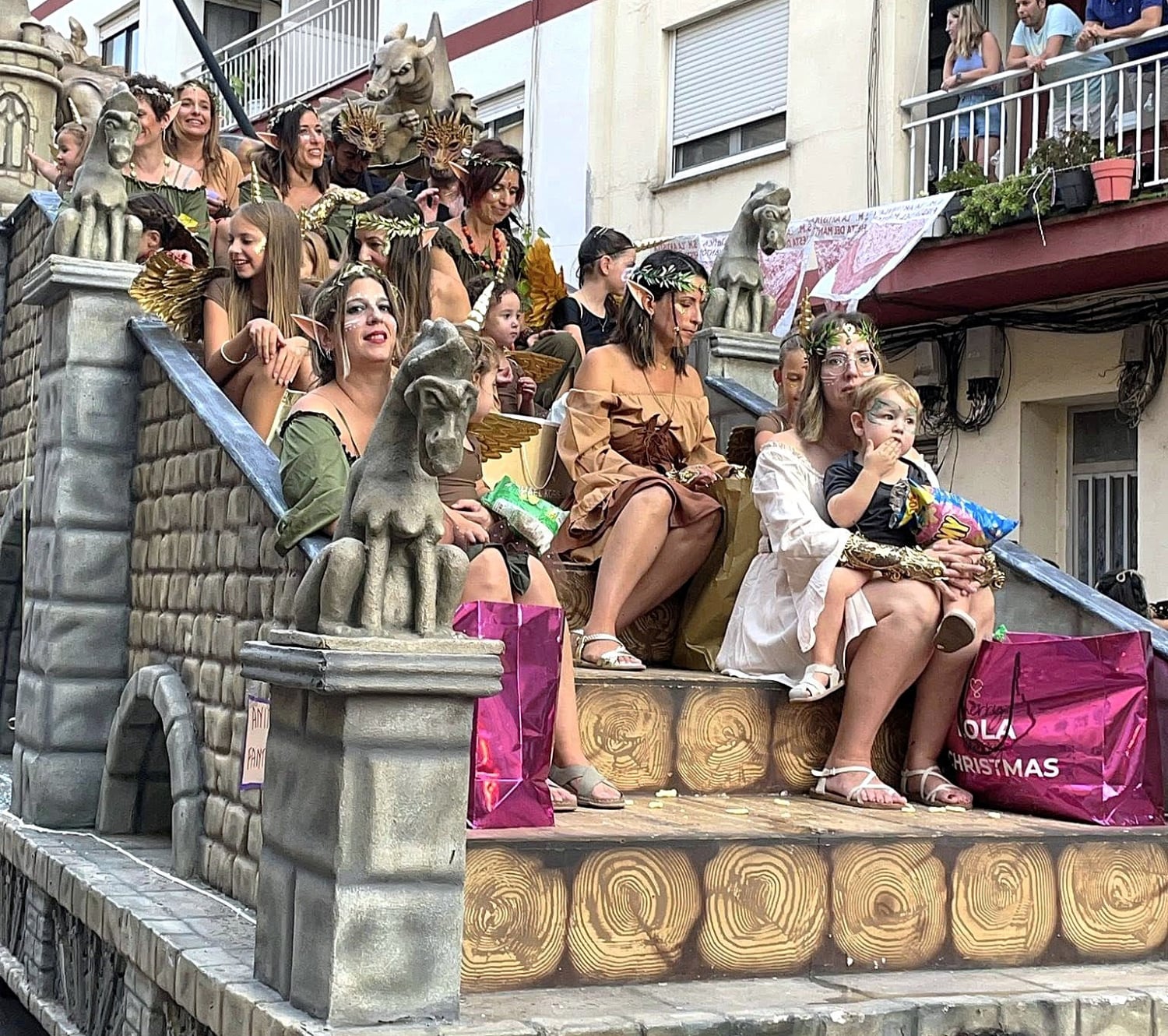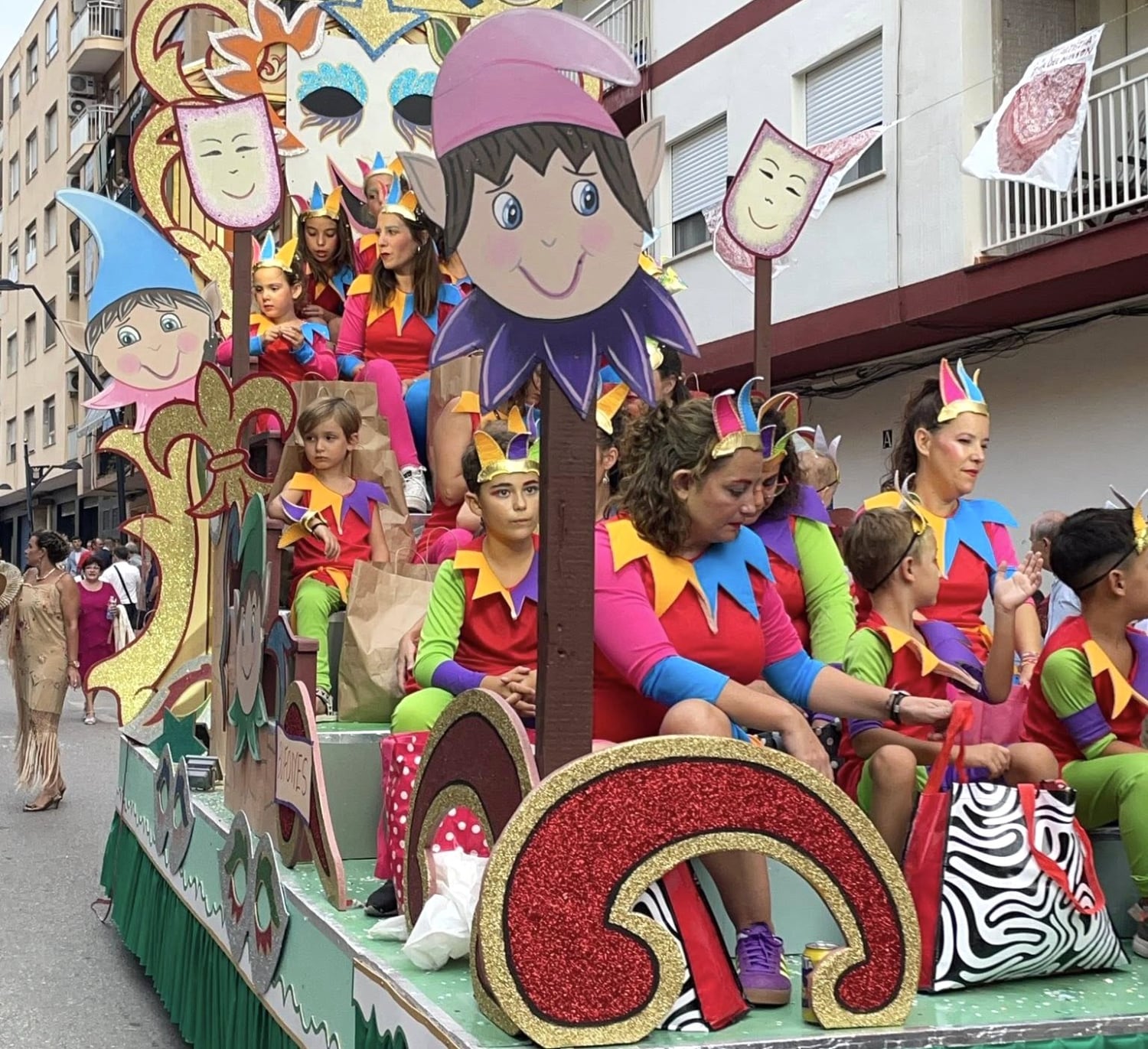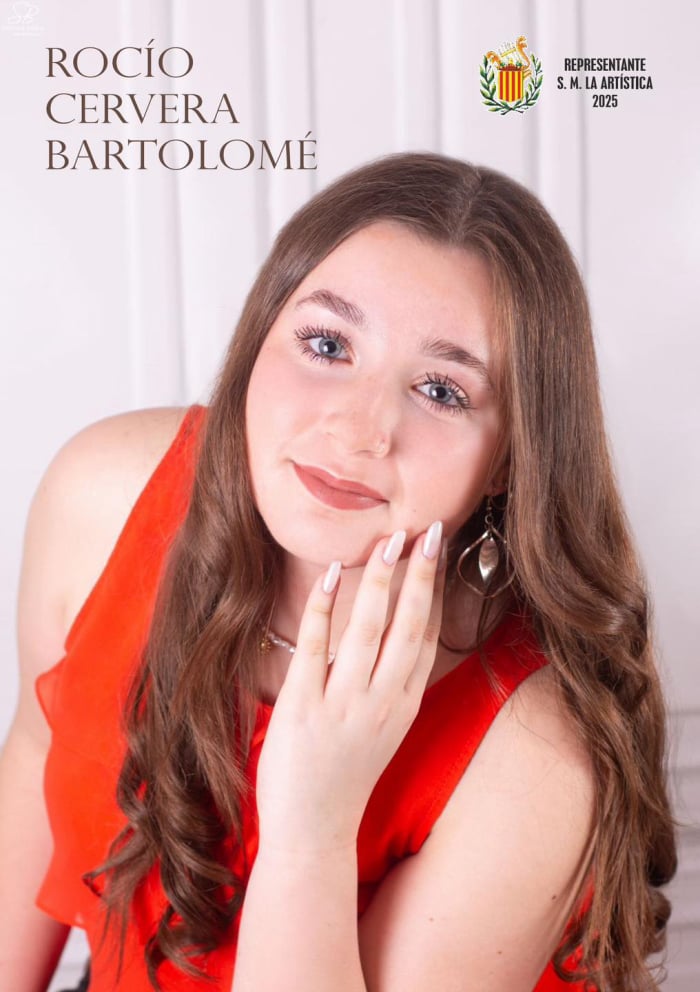Its origins
The MantonFest was born as a popular celebration in 1927, as a result of a disagreement among the "Clavarias of San Venancio". The band of "Los Feos" decided to hold its own celebration, exclusively for "feas" women.
The inspired idea of one of its directors, Salvador Ortiz Guerrero, alias "Triparrós", served to give concrete form to the festival, with the dedicated collaboration of a handful of "feas" women. Leading them for many years was Josefa Rodríguez, or "Pepa la Francha", who became the first president of the MantonFest committee.
Although the first MantonFest was improvised, it already had its Queen, Asunción González Sáez, daughter of "Tío Mateo 'El Esquilaor'". She was lucky enough to acquire the bouquet of flowers that accredited her as Queen in an auction for the high sum of 18 pesetas, which would later be replaced by the sash or ribbon that they now wear as their emblem.

